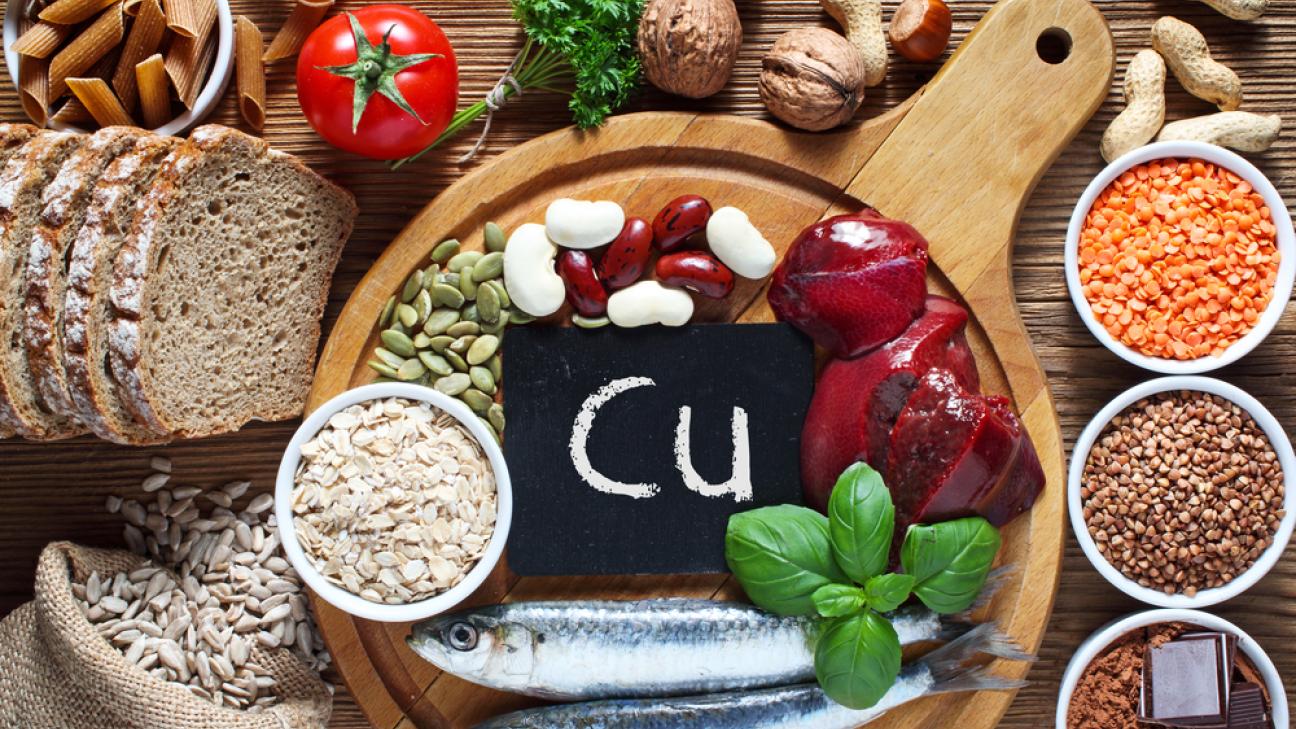Combined exposure to copper from all sources does not pose health concerns for the EU population, say EFSA’s scientific experts.
Copper is an essential micronutrient for all living beings including humans. Too much or too little copper in the diet can lead to health problems. It is naturally present in many foods and also enters the food chain through its use in organic and conventional pesticides, feed and food additives, and as a nutrient in fortified foods and food supplements.
Excessive copper retention in the body over time could be toxic for humans, especially to the liver. EFSA’s Scientific Committee has concluded that no retention of copper is expected to occur with an intake of up to 5 mg per day and established an acceptable daily intake (safe level) of 0.07 milligrams per kilogram of body weight for the adult population. Our nutrition experts will establish acceptable intakes for younger age groups as a follow-up.
For the first time with this substance, our experts estimated exposure to copper from all dietary and non-dietary sources. Naturally occurring background levels of copper in food and food ingredients and long-term use of copper utensils and copper pipes are significant contributors to intake. However, the contribution of pesticides, food and feed additives, or fertilisers is negligible.
Infant formula and follow-on formula are important contributors to dietary exposure to copper in infants and toddlers. However, adverse effects from exposure to copper in children are not expected due to children’s higher nutrient requirements for growth.
In a previous assessment our experts addressed copper deficiency and adequate intakes for all age groups.
efsa.europa.eu


















